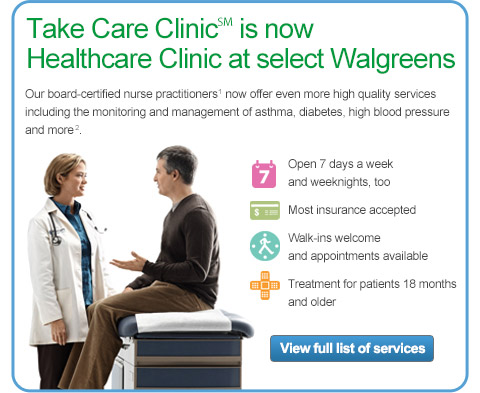It’s always exciting to be “right” in a prediction. When I spoke at the CBI conference a few weeks ago, one of the key points I made was that today’s healthcare consumer is overwhelmed with information. They get conflicting data. They don’t have enough time with their physicians. They are increasingly responsible for decisions and even with transparency, they don’t always know what to do. With that in mind, one of my suggestions was that retail pharmacies had a great opportunity to step in and be this information management source for consumers. (aka – The retailers can serve as the physical resource for the retailing of healthcare.)
With that in mind, I find the announcements by Walgreens and CVS very interesting.
From the CVS press release:
“Humana’s partnership with CVS/pharmacy reflects our proven and ongoing commitment to educate individuals and their families at the places they go when they have questions about their health,” said Roy A. Beveridge, MD, Humana’s Chief Medical Officer. “We’re working to ensure people develop a better understanding of how their health coverage can help them make better, and healthier, decisions.”
“Providing information about new health insurance coverage opportunities is in keeping with our purpose of helping people on their path to better health,” said Helena Foulkes, Executive Vice President and Chief Health Care Strategy and Marketing Officer for CVS Caremark. “We are pleased to combine our innovative suite of services and our new and existing relationships with organizations such as Humana to help patients understand and have access to information about insurance options in their community.
From the Walgreen’s press release:
Walgreens store personnel are directing individual customers who inquire to the GoHealth Marketplace, a resource where they can shop and compare health insurance plans, enroll and find other important tools and information. Consumers can access the GoHealth Marketplace online from www.walgreens.com/healthcarereform or via phone at 855-487-6969. Walgreens also is providing informational brochures and other materials in stores.
“As an accessible, community health care provider serving more than 6 million people each day, Walgreens can help connect those customers who may be considering new health insurance options with resources and information,” said Brad Fluegel, Walgreens senior vice president and chief strategy officer. “Our goal is to help ensure people fully understand the marketplace, and working with GoHealth, to provide personalized consultation from experts who can help them make informed decisions.”
In both cases, they may have addressed one of my questions about this strategy from my presentation which was how would they monetize this. I think it’s the right role, but I wasn’t sure how it would lead to revenue other than general revenue related to store traffic. I assume both of these have some “commission” or “referral fee” for traffic generated.

 October 7, 2013
October 7, 2013 


